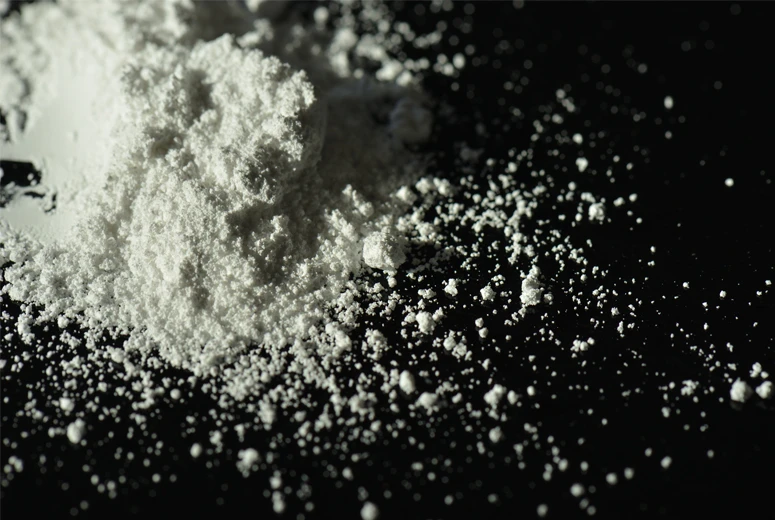mica in eyeshadow safe
The Safety of Mica in Eyeshadow What You Need to Know
Mica, a natural mineral, is widely used in the cosmetic industry, particularly in products like eyeshadow. Its shimmering properties give makeup a luminous finish, making it a popular choice among manufacturers. However, with increasing scrutiny regarding the safety and ethical sourcing of cosmetic ingredients, consumers are becoming more aware of the implications of mica in their beauty products. In this article, we will explore the safety of mica in eyeshadow and what you should consider when making your cosmetic choices.
The Use of Mica in Cosmetics
Mica is primarily valued for its ability to reflect light, which enhances the color and sheen in makeup products. It comes in various forms and can be found in powder, flakes, or as a fine grind. While mica itself is generally considered safe for topical application, concerns arise not from the substance itself, but from the conditions under which it is sourced.
Health Concerns
According to the Cosmetic Ingredient Review (CIR), mica is safe for use in cosmetics when used appropriately. Its small particle size can sometimes lead to inhalation concerns; however, in solid formulations like eyeshadows, the risk is minimized. Most reputable cosmetic brands have taken steps to ensure that their products are safe for consumers and comply with regulations set by health authorities.
However, there are potential risks associated with low-quality mica sourced from illegal mines, particularly in countries like India. Workers, including children, can be exposed to harmful conditions, including unsafe mining practices and a lack of protective gear. Ethical sourcing has become a critical issue, leading some companies to seek out mica that is responsibly mined.
Ethical Sourcing and Transparency
In response to these concerns, many brands are reassessing their supply chains. Companies are increasingly opting for mica sourced from mines that adhere to safe working conditions and fair labor practices. Consumers are encouraged to seek brands that demonstrate transparency in their sourcing processes. Labels that indicate responsible sourcing or charity initiatives in mining communities can often provide more confidence.
mica in eyeshadow safe

Some brands have also experimented with synthetic alternatives to mica. These synthetic mica products can imitate the shimmering qualities without the ethical concerns tied to natural mica mining. However, they still need to be tested for safety and performance against their natural counterparts.
What Can Consumers Do?
As a consumer, making informed choices about the products you use can have a significant impact. Here are some steps to consider
1. Research Brands Look for companies that provide information about their sourcing practices. Many brands publish sustainability reports that detail their supply chain and ethical commitments.
2. Read Labels Some brands will clearly indicate if their mica is ethically sourced or if they have taken measures to ensure safe working conditions in mica mines.
3. Explore Alternatives If you are concerned about mica, consider trying eyeshadows that use synthetic mica or other mineral-based alternatives, which can provide similar visual effects without ethical concerns.
4. Support Advocacy Engage with organizations that promote ethical sourcing in beauty and cosmetics. Support initiatives that aim to improve the lives of workers in vulnerable mining communities.
Conclusion
While mica is generally safe for use in eyeshadow, the concerns surrounding its sourcing cannot be overlooked. As a consumer, being aware of where and how your products are made is essential for making conscious purchasing decisions. By supporting brands that prioritize ethical sourcing and transparency, you can enjoy your beauty routines while promoting a more responsible cosmetic industry.
-
Transforming Surfaces with Mica-Enhanced Paints in Coatings and DecorationNewsJul.02,2025
-
The Ultimate Guide to Mica-Based Luminous Colors with Pearlescent PigmentNewsJul.02,2025
-
The Critical Role of Mica in Industrial Applications in Welding and Oil FieldsNewsJul.02,2025
-
Revolutionizing Automotive Aesthetics with Modified Plastics Pearlescent PigmentsNewsJul.02,2025
-
The Secret with Mica Powder for Cosmetics Behind Radiant, Natural MakeupNewsJul.02,2025
-
Enhancing Performance in Polymer Applications with Mica Powder for RubberNewsJul.02,2025
Products categories









